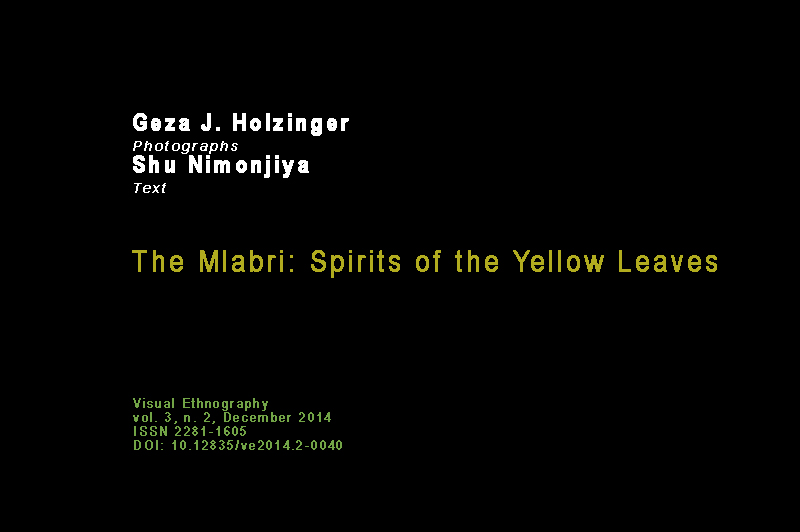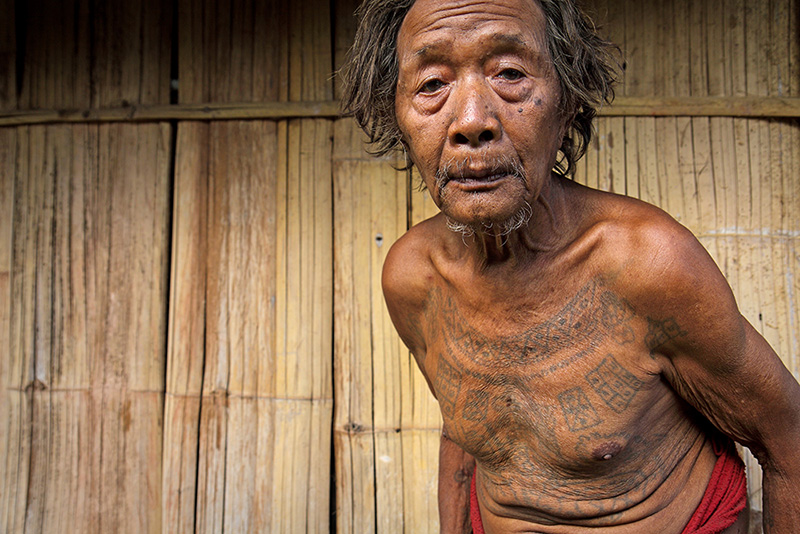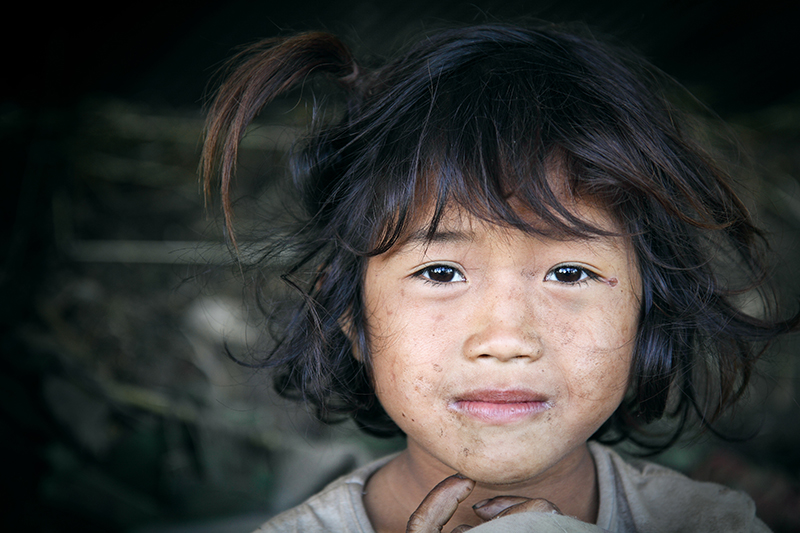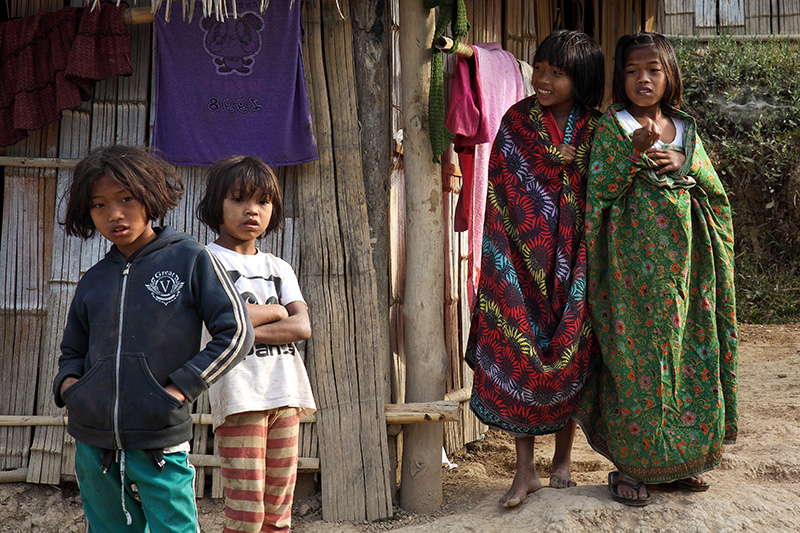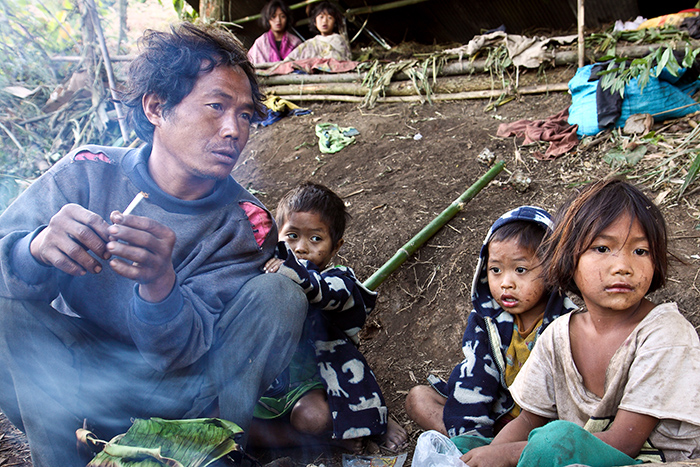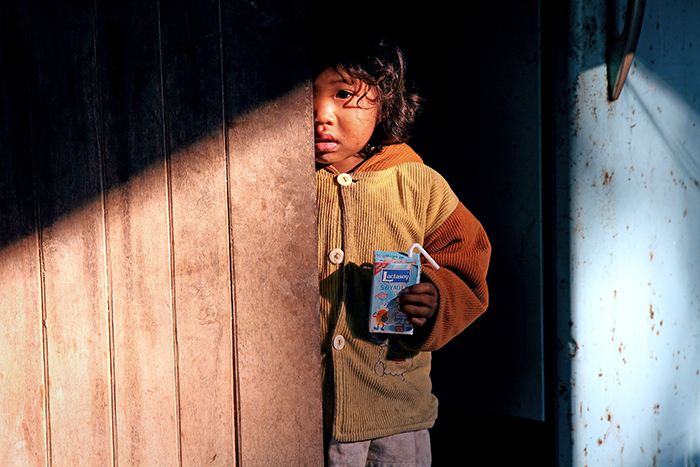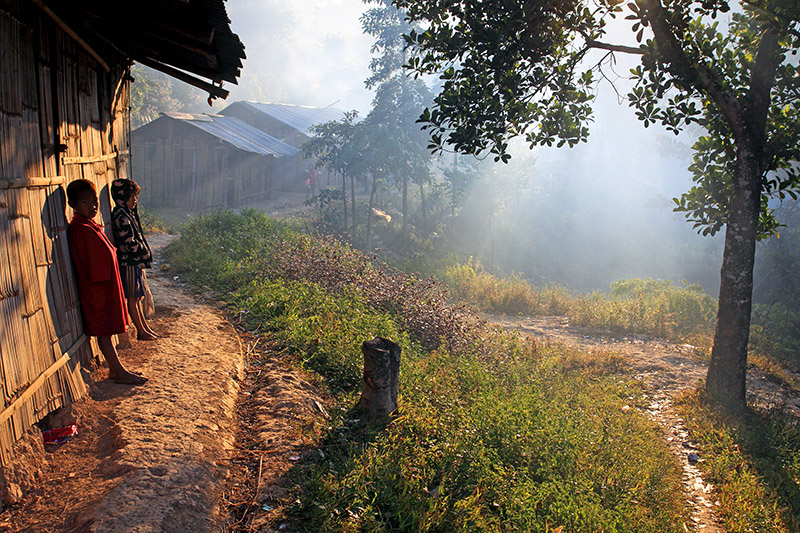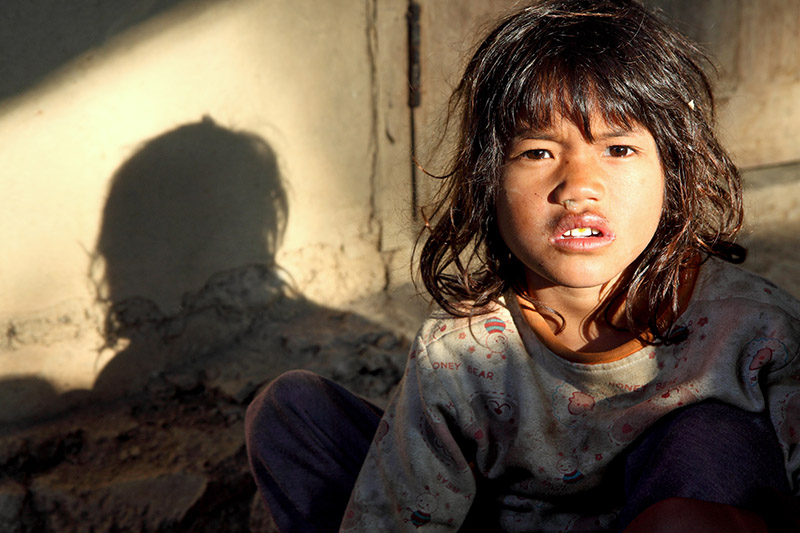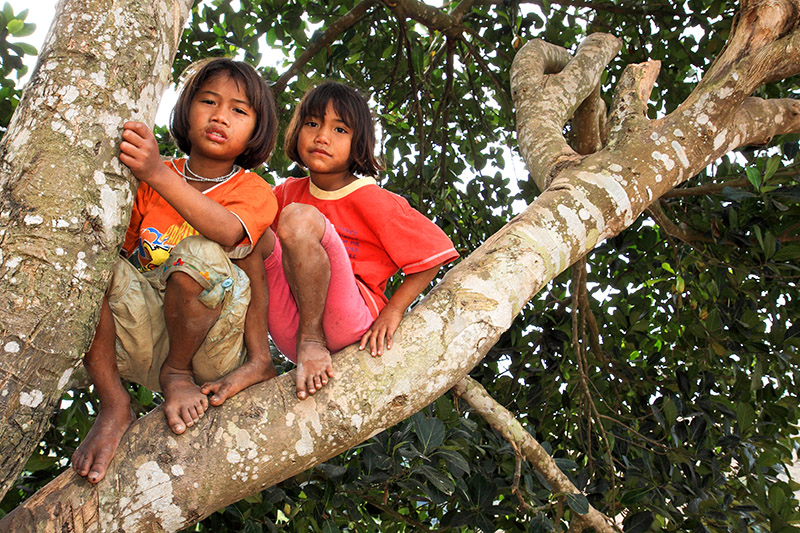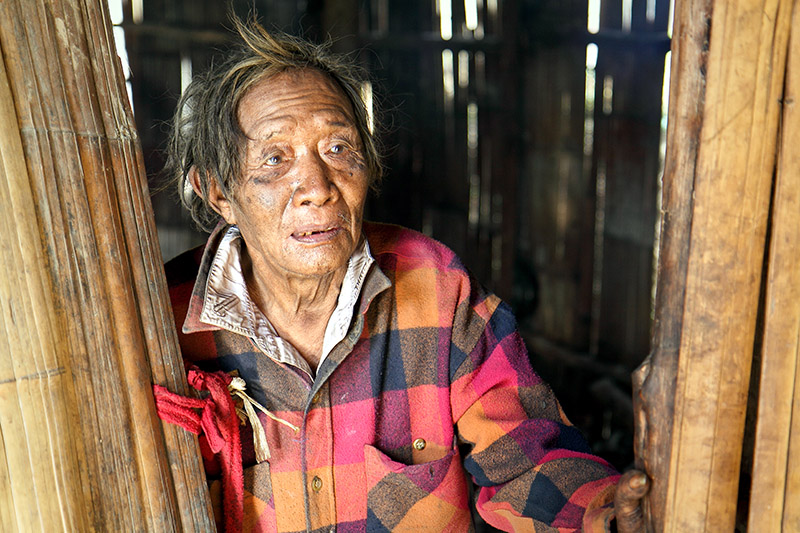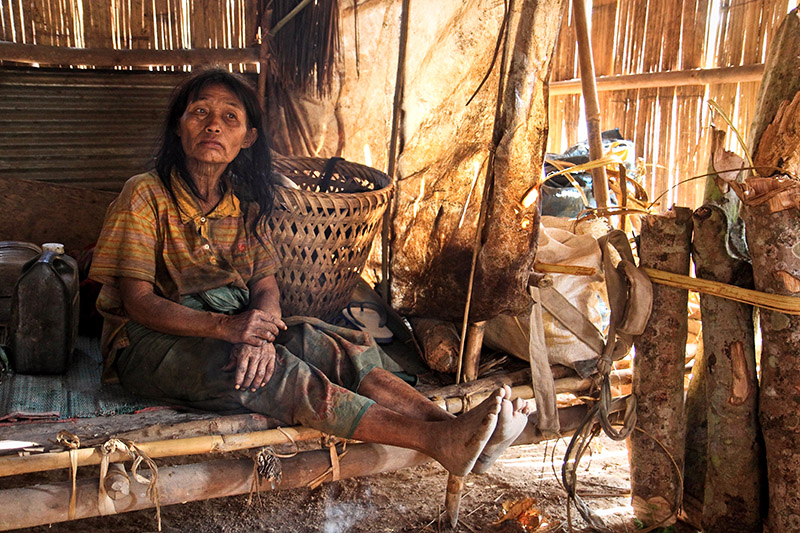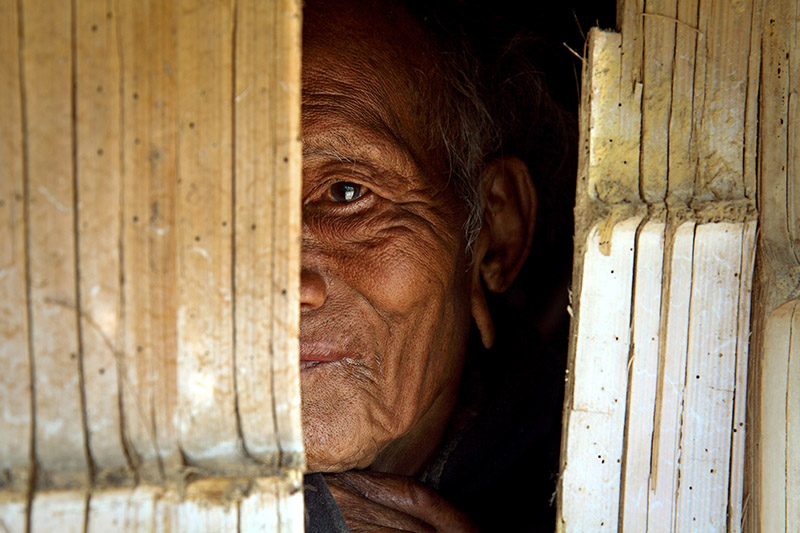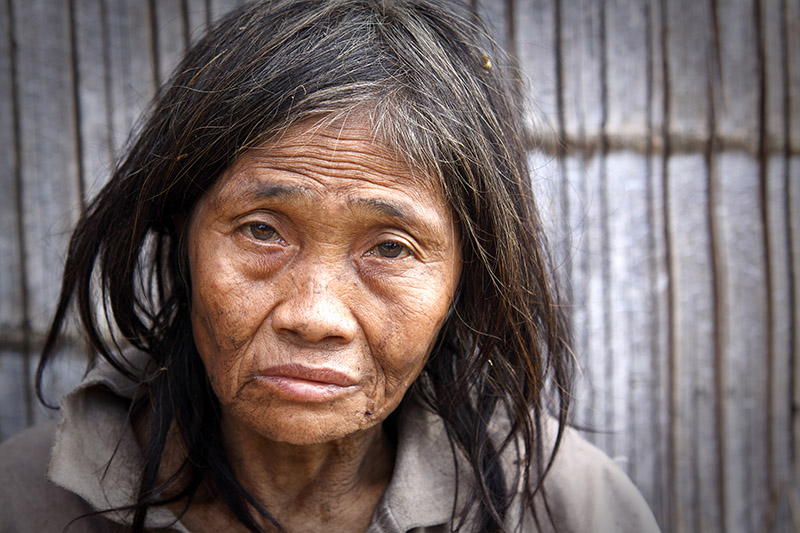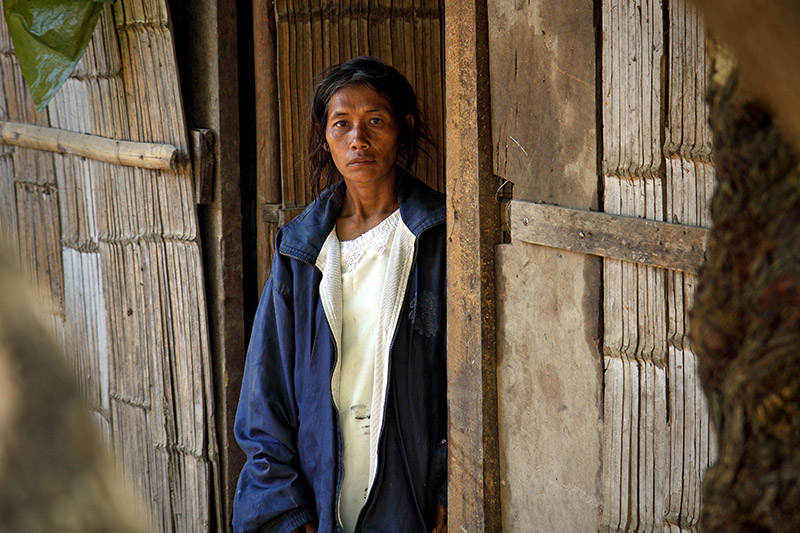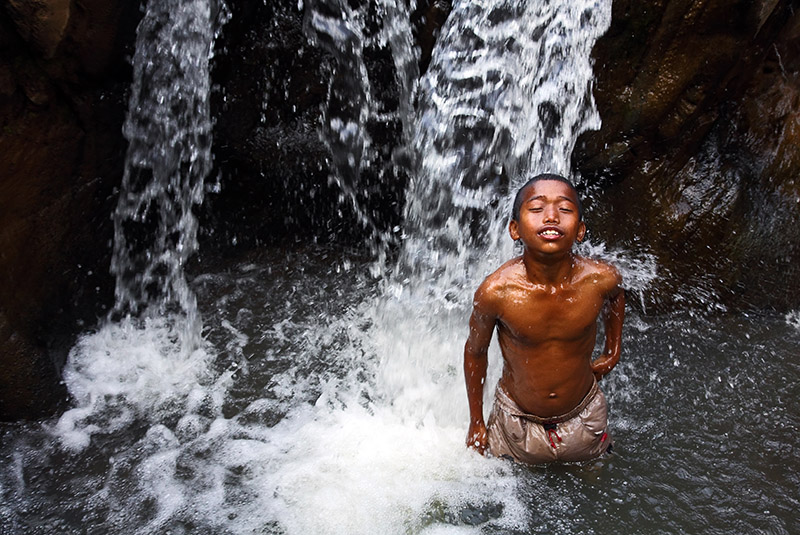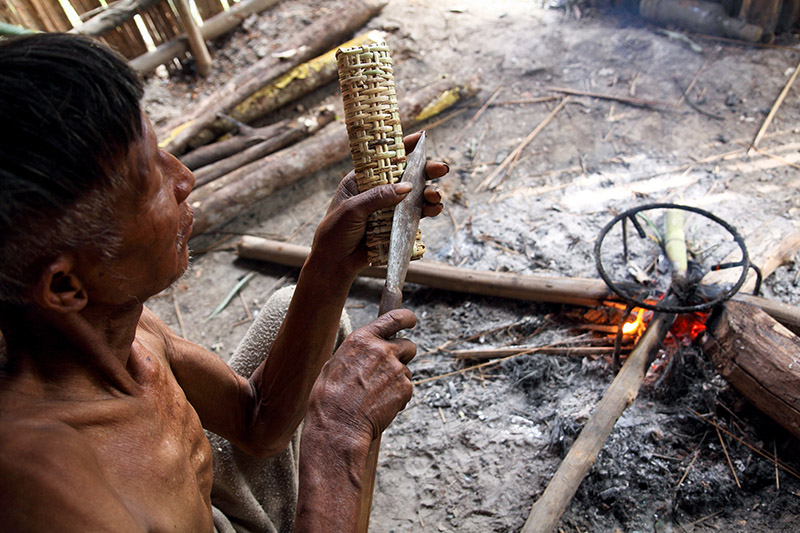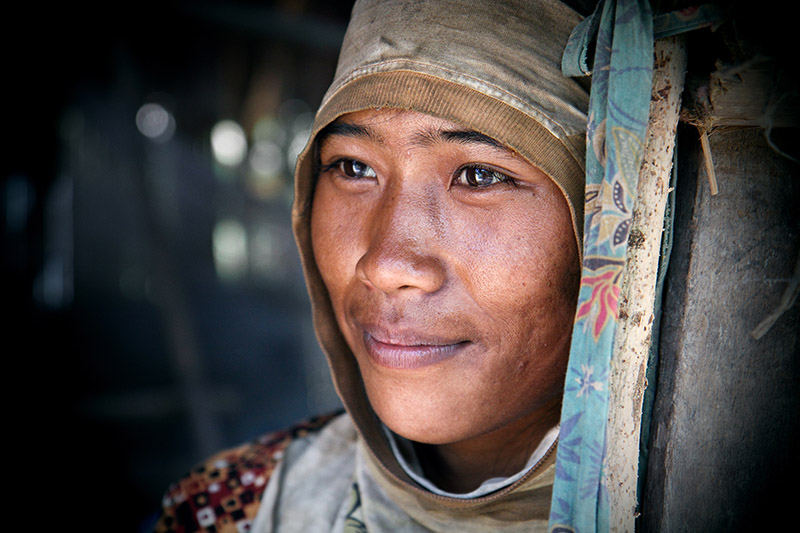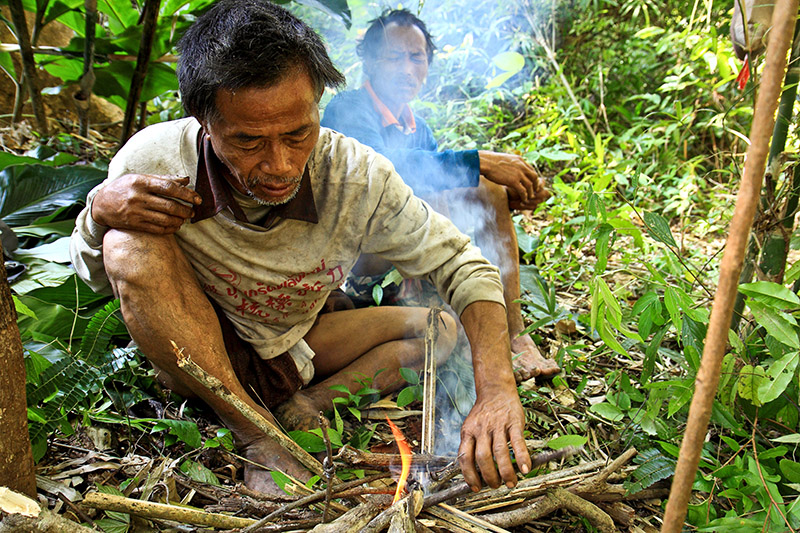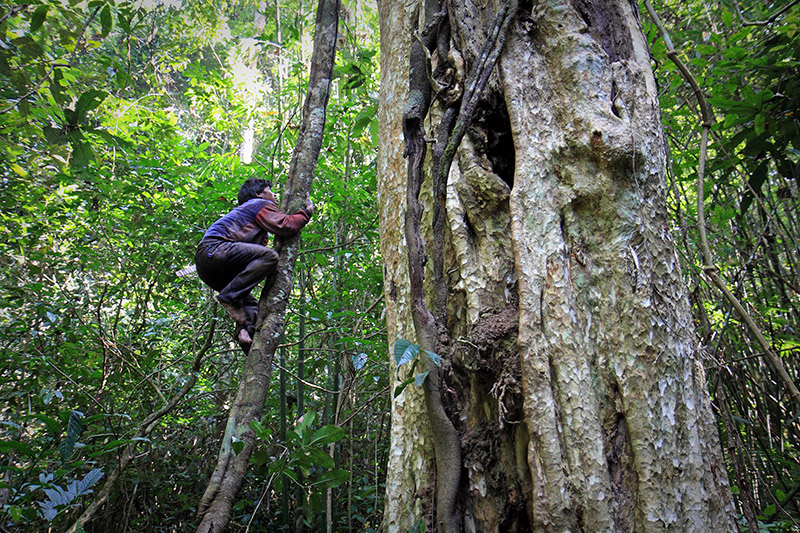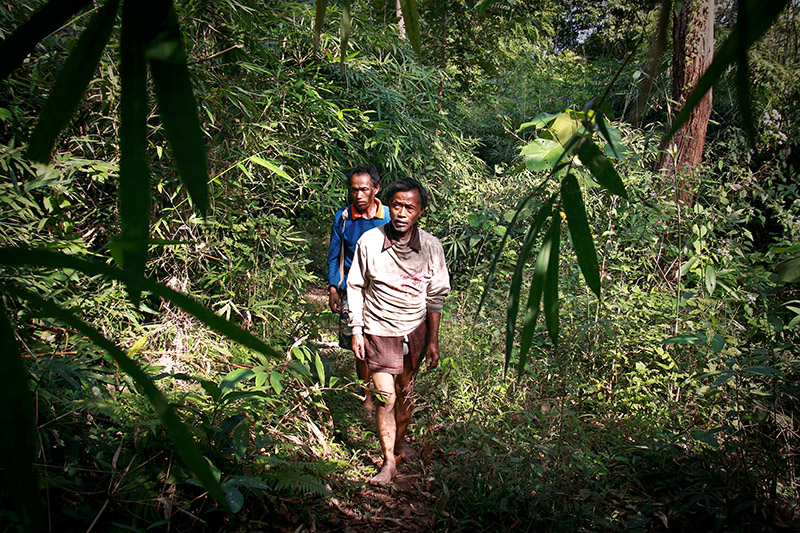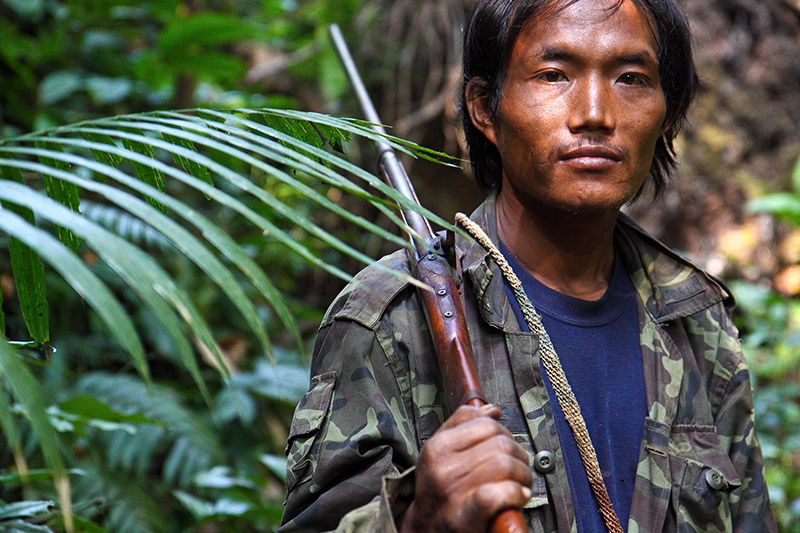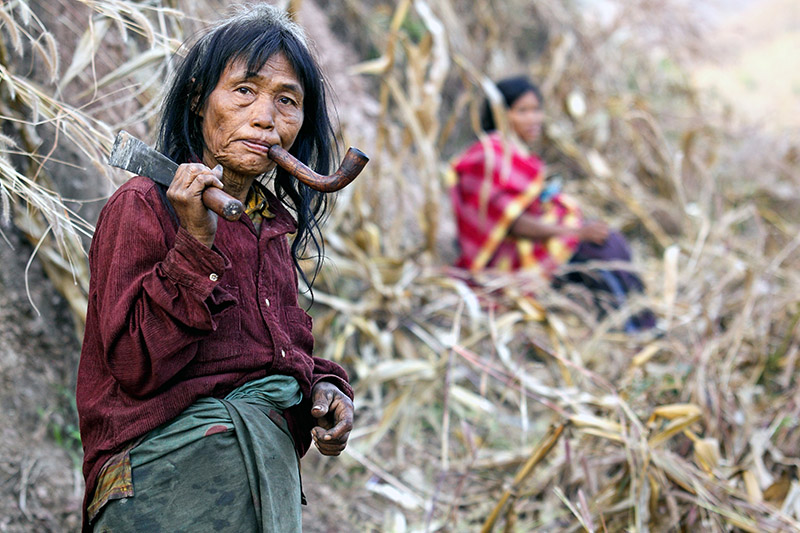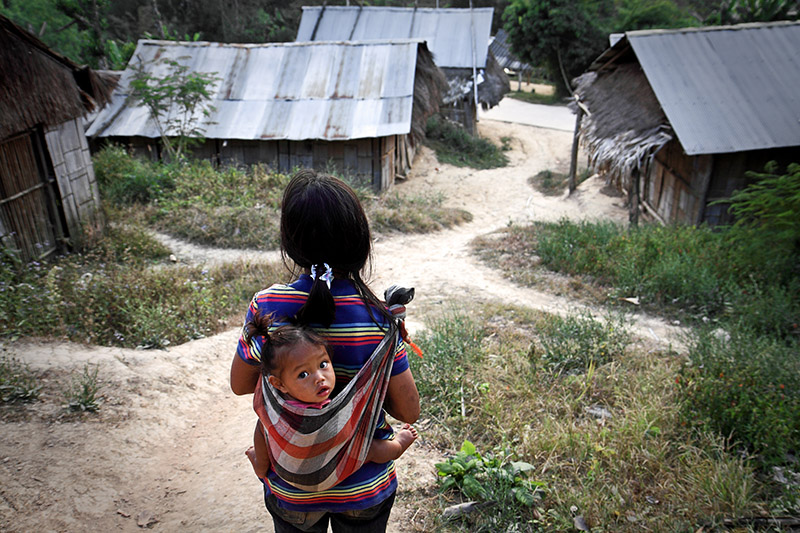-
Geza J. Holzinger specialized to document the daily life of the disappearing cultures, current social and political conflicts, humanitarian crises and environmental destructions and their social consequences. He began his career in 1994 and after several Workshops and International Masterclass began the nature and documentary photography primarily as an addition to his magazine articles. Since 2010 he is working as a freelancer photojournalist and popular science writer in the field of cultural heritage. He wrote many articles about natural science and several pragmatic reports for international magazines and newspapers. He is a member of Shoot4Change Social Photography Network
Shu Nimonjiya is a Ph.D student in social anthropology at Tokyo Metropolitan University. He was born in Tokyo in 1985. His research focuses on sociality of the Mlabri as nomadic hunter-gatherers and its transformation by sedentarization. He has also done fieldwork among the Mlabri as a Research Fellow of Japan Society for Promotion of Science in Thailand from April 2012 to March 2014.
Publications
Shu Nimonjiya, 2014, Edible Culture and Inedible Culture: Ethnic Tourism of the Mlabri in Northern Thailand” Ploysri Porananond and Victor T. King (eds.), Rethinking Asian Tourism: Culture, Encounters and Local Response, Cambridge: Cambridge Scholar Publishing, pp. 95-118; Shu Nimonjiya, 2015, Another History of Chao Khao: The Mlabri in Northern Thailand, Aséaie (forthcoming). -
In northern Thailand where is geographically characterized by multiple mountain ranges, there are numerous ethnic groups, generally called “chao khao” (hill tribes). Most of them are subsistence famers, traditionally practicing slash-and-burn cultivation but an exception to this is an ethnic group, the Mlabri, who were known as the only nomadic hunter-gatherers in the area with a very small population, approximately 400 individuals today.
The Mlabri speak an Austro-Asiatic language belonging to the Khmuic branch of the northern Mon-Khmer language group and call themselves “mlabri” (forest people). However, there are not much people who know the name in Thailand. Most people call the Mlabri “phi tong lueang” (spirits of the yellow leaves) in Thai. “Spirits” being an allusion to their hiding in the forest to avoid as mush as possible contact with outsiders because they were afraid of outsiders awfully due to being shot dead or raped by outsiders, and “yellow leaves” referring to the fact that they abandon their windscreens the banana leaves they are made of turn yellow. Because it is very difficult to contacting with them, their presence has been remained in the legend not only in Thailand but also in foreign countries and it is only about hundred years ago that they appeared in the academic journal the first time. A researcher thus noted that the Mlabri are the most interesting and least understood people in Southeast Asia.
Historically, the Mlabri had lived nomadic lifestyle in the rainforest mainly based on hunting wild animals and gathering wild plants. Their society was typically organized by having small bands of about 15 individuals usually located a resource-rich area. Once natural resources around the campsite were depleted, the band would relocate to a more resource-rich area. The band was quite independent, but sometimes connected to other ethnic group due to economic interdependence. While the band was a residential unit and subsistence unit with a highly dependence, individuals were free to move from one band to another to find spouse and to break off friction with other social members. Including these socio-cultural factors, the band’s composition was very flexible and this provided ethnic autonomy for them. [ > NEXT PAGE] -
However, due to the large-scale deforestation after the end of World War II, natural resources were dramatically decreased and their economic dependence on other ethnic groups has been increased. In the early 1980s, an American missionary began to work for them, and the Thai government began to interfere in them by means of “phatthana” (development) in the mid-1980s. It was hard to touch the Mlabri because of their tradition at first, but the efforts were beginning to pay dividends afterwards. As a result, two permanent settlements for the Mlabri were established. Especially in 2007, HRH Maha Chakri Sirindhorn officially visited the Mlabri, thereafter the Royal Project for the Mlabri is begun. Due to it, three permanent settlements were established under the management of the Royal Forest Department. Nowadays, the Mlabri live sedentary life and engage in wage working, cash crop cultivation and ethnic tourism that introduced as alternative ways for economic self-sufficiency. They started to knock on the door to get into the Thai society and the modern world but it is very difficult for them to adapt them immediately because the social system was quite different from them. The most severe problem at present is poor. To live today, they borrow money from other ethnic group and work by a low wage, about two-hundred Baht (five Euros) per day. The money-based economy brought them a measure of their life by single value. According to the current situation surrounding them, we should ask a question; will they really have a bright tomorrow? Unfortunately, nobody knows the answer but we can etch their presence living in this contemporary world in our heart. Being aware the diversity of culture in the world, this help us to be more affluent. [ > NEXT PAGE]
-
All these things, which have caused a gradual transformation in the urban space, bothered me. I did not recognize my city because of the presence of such security equipment. In early 2011, I expressed to an anthropologist friend, Marta Antunes Magda Machado (who, like me, was born and grew up in Florianópolis), how much this intrigued and disturbed me. We discussed this situation at length and on several occasions, and these conversations convinced us of the interest and the need to talk about this theme, but not only as a subject of research within the university community. We also wanted to talk to the people directly affected by the ‘problem’. Thereafter, I started a post-doctoral research in History of Art / Photography at the University of Paris 1, during which I was able to develop these issues, at the same time as connecting theoretical reflection with photography.
-
Abstract
This photo essay introduces an ethnic group, the Mlabri in Thailand. The Mlabri had traditionally lived as nomadic hunter-gatherers in the rainforest that spread out in mountainous regions in northern area of Thailand. Due to their traditional lifestyle, they have been called “phi tong lueang” (spirits of the yellow leaves) in Thai and Laotian. Nowadays they have extremely small population, about 400 individuals, and live sedentary life in permanent settlements that are scattered in two provinces of Thailand Phrae and Nan and in a small village in Laos,, as result of a development programs by a foreign missionary, the government and the royal family. Today they engage in wage working, cash crop cultivation and ethnic tourism that introduced as alternative ways for economic self-sufficiency.
-
They are distrustful of the foreigner
Elderly woman in her hut
The Mlabri´s are shy and coy
Portrait of an elderly Mlabri woman
They are nomads, but live in a village, wear clothes and slowly lost their culture
Young boy take a natural shower under a small waterfall
Mlabri`s often remember the past, when they lived in the rainforest
What does she look and think, nobody knows
Mlabri hunters make fire in the jungle
Mlabri´s are originally nomadic hunter-gatherers
Refbacks
- There are currently no refbacks.
ISSN Print 2499-9288
ISSN Online 2281-1605
Publisher Edizioni Museo Pasqualino
Patronage University of Basilicata, Italy
Web Salvo Leo
Periodico registrato presso il Tribunale di Palermo con numero di registrazione 1/2023



